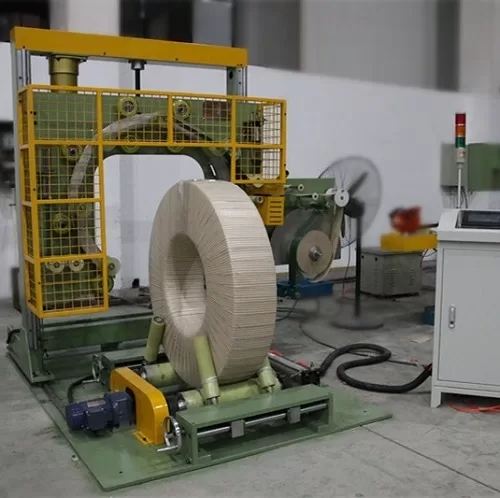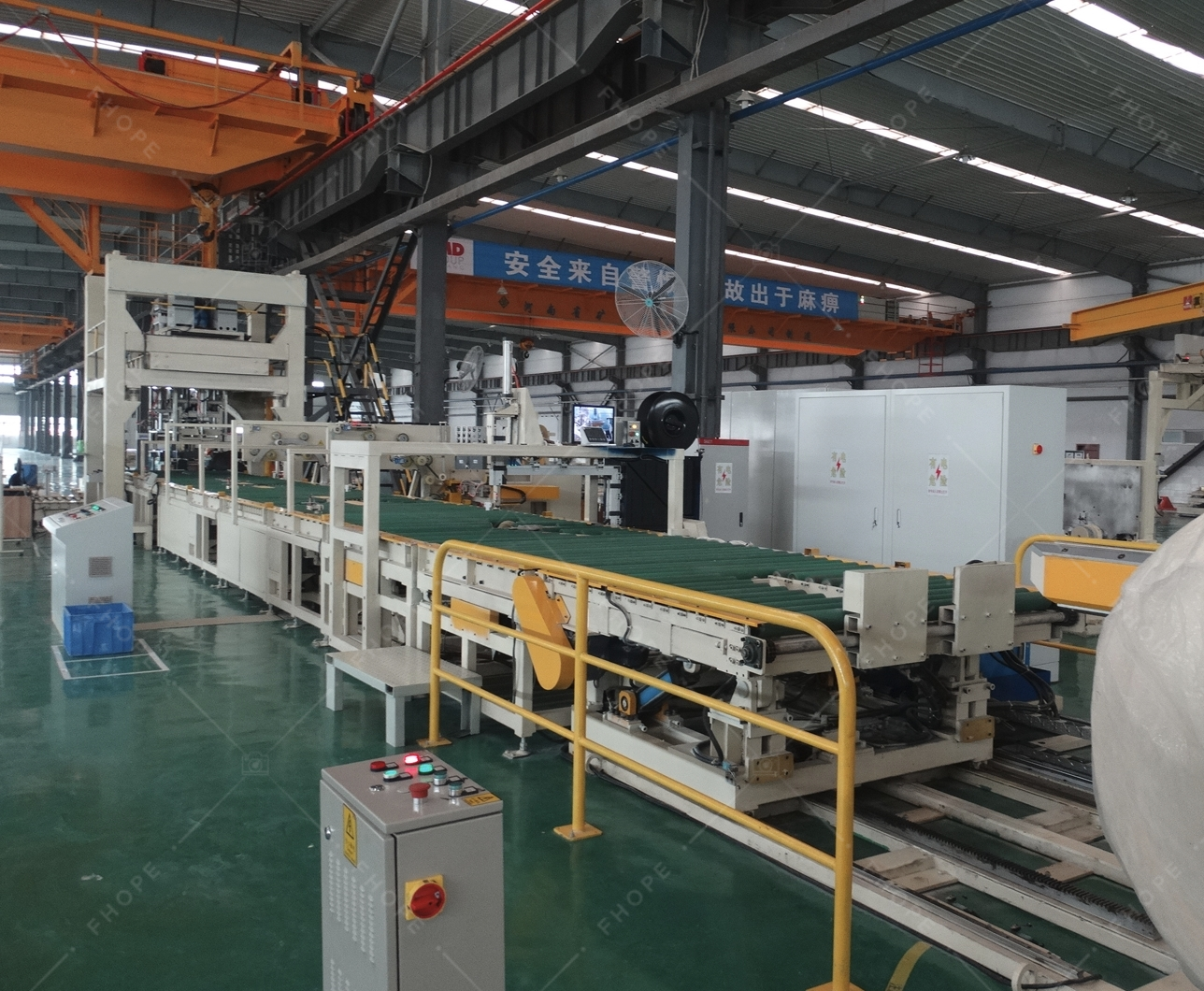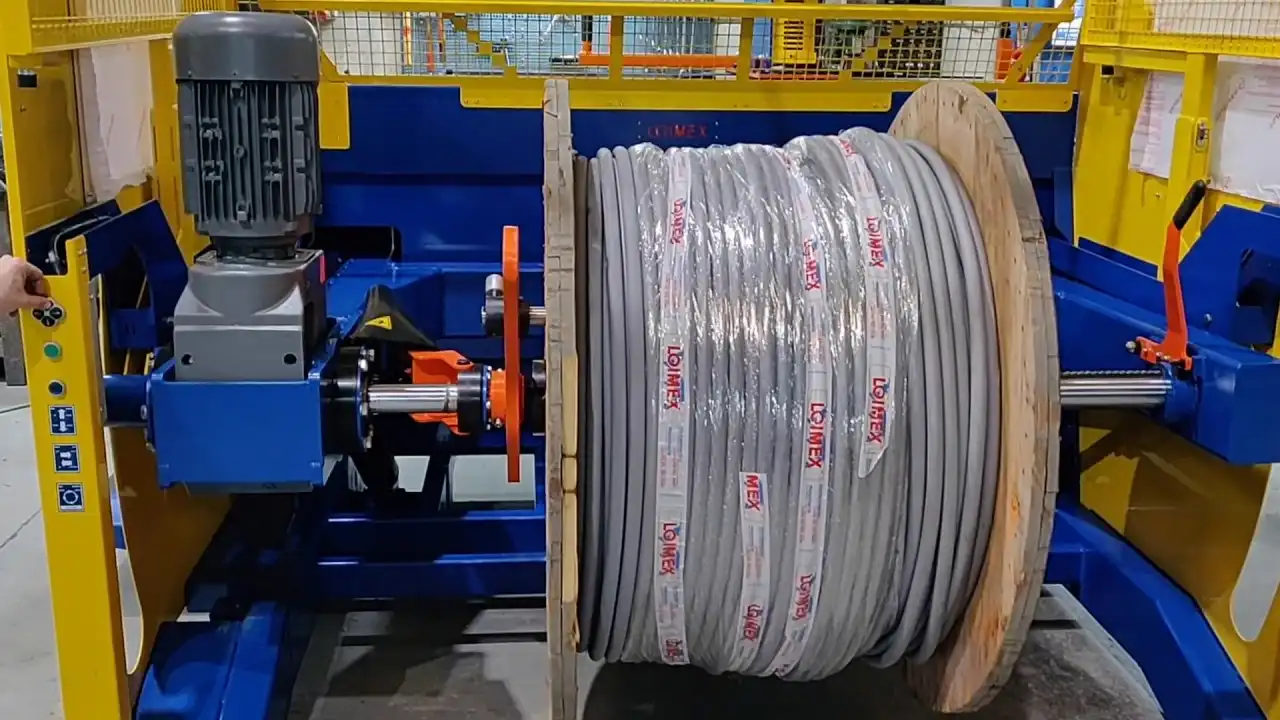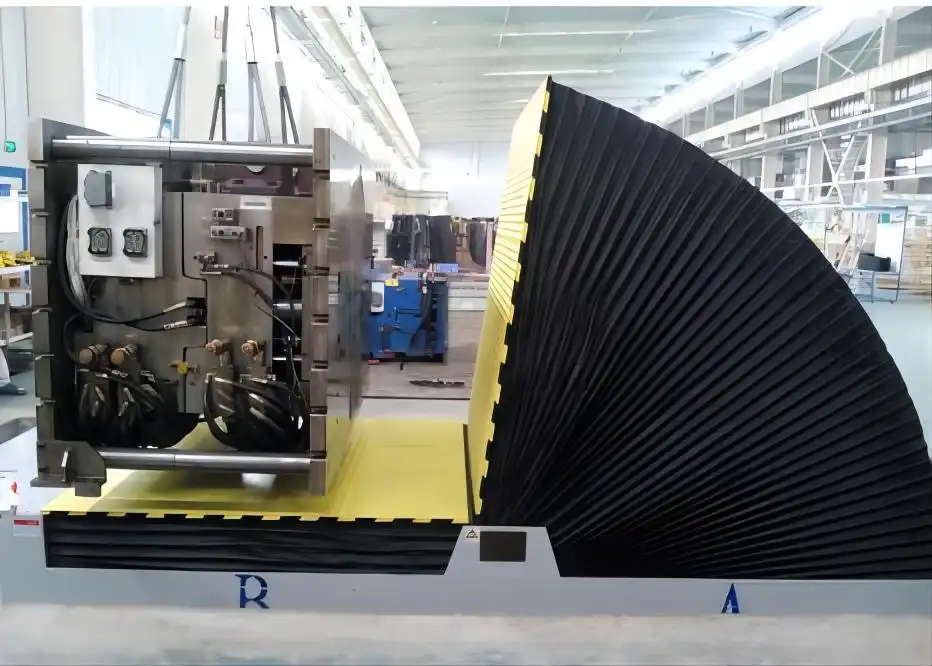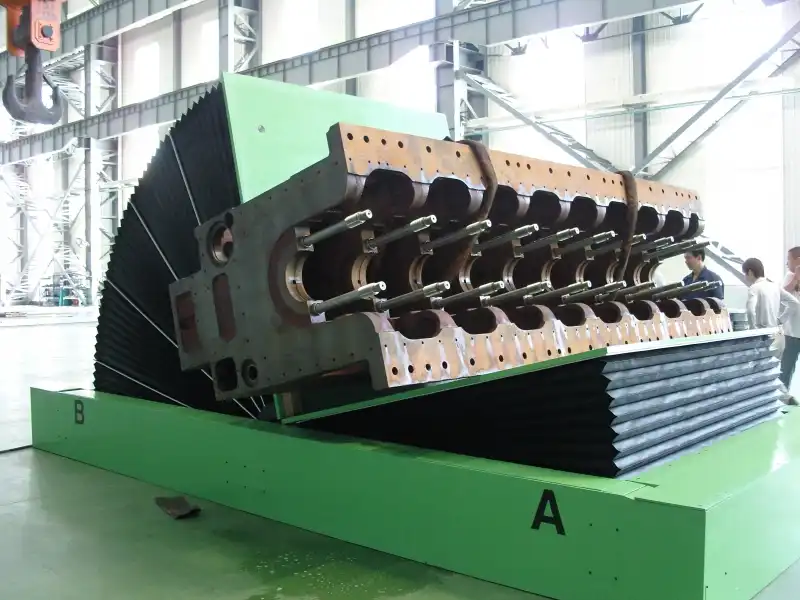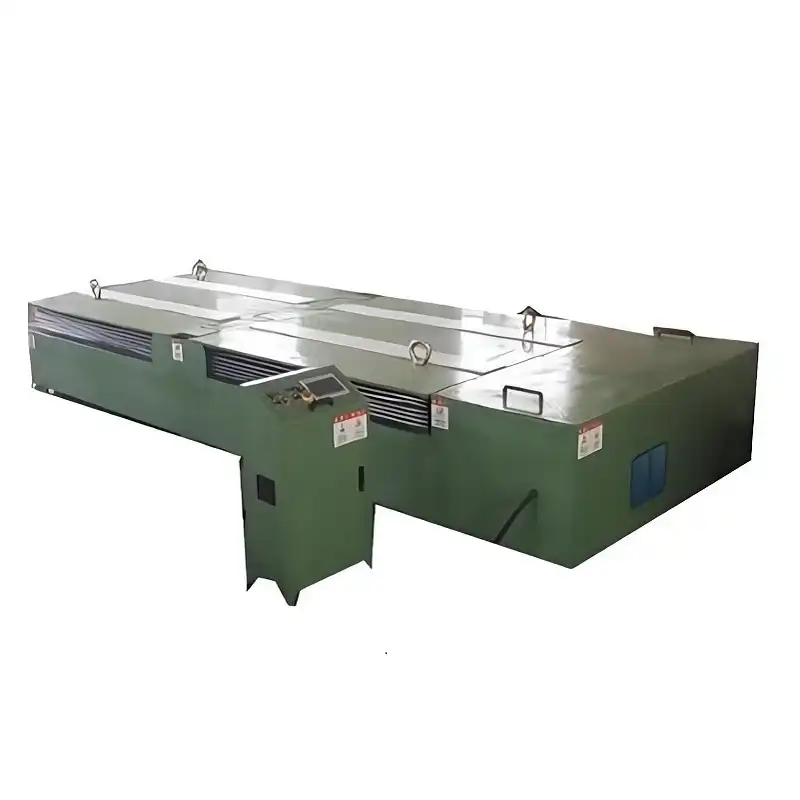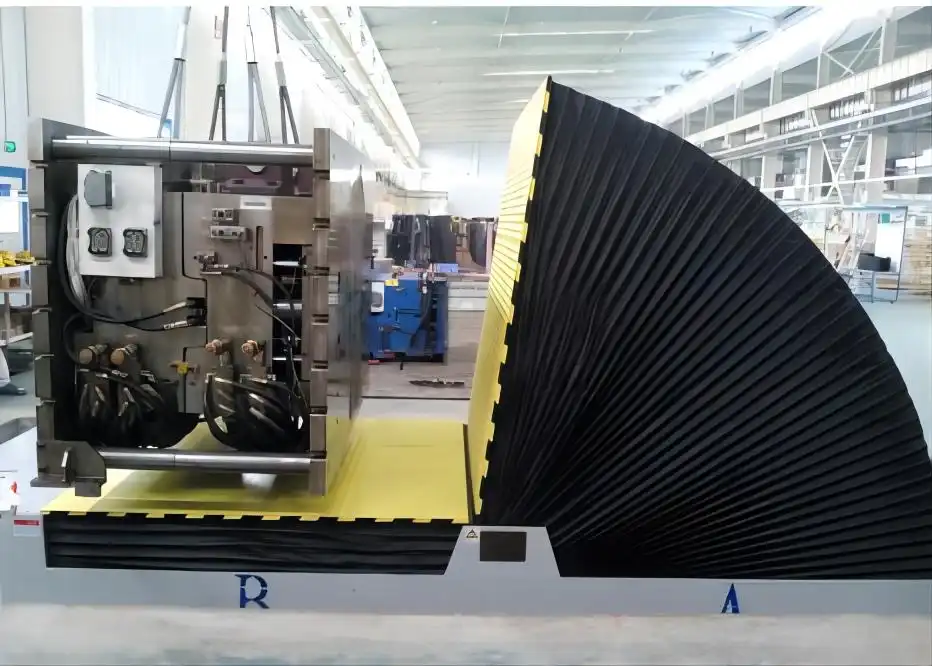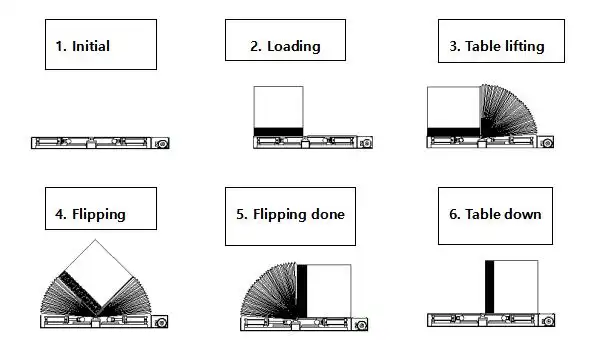In the fast-paced world of steel coil handling, making the right choice between upenders and turners is crucial. These tools are essential for maximizing efficiency and safety. It can be challenging to decide, especially when striving for seamless workflow and minimal risks.
Steel coil upenders and turners serve the same purpose of rotating coils, but they differ in mechanics and applications. While upenders lift and rotate coils, turners roll them using a rotating table. Your choice will depend on the coil’s size, weight, and your facility’s layout. Understanding each tool’s features helps in picking the right one for your needs.
Making the right decision between a steel coil upender and turner comes down to your specific needs in handling and efficiency. These tools ensure coils are safely rotated and stored, minimizing human intervention. This article delves into the nuances that separate these two options, helping you make the optimal choice for your operations.
1. What are Steel Coil Upenders and Their Benefits?
In steel coil handling, using effective tools can prevent damage and increase productivity. Choosing the right equipment is essential for protecting investments and maximizing workflow. A misstep can lead to lower efficiency and higher costs.
Steel coil upenders rotate heavy coils safely and effortlessly, reducing manual labor and potential damage. By lifting and turning coils, these machines improve safety and streamline operations. Their benefits include reduced labor costs, increased efficiency, and enhanced safety measures, making them a vital component in modern manufacturing setups.
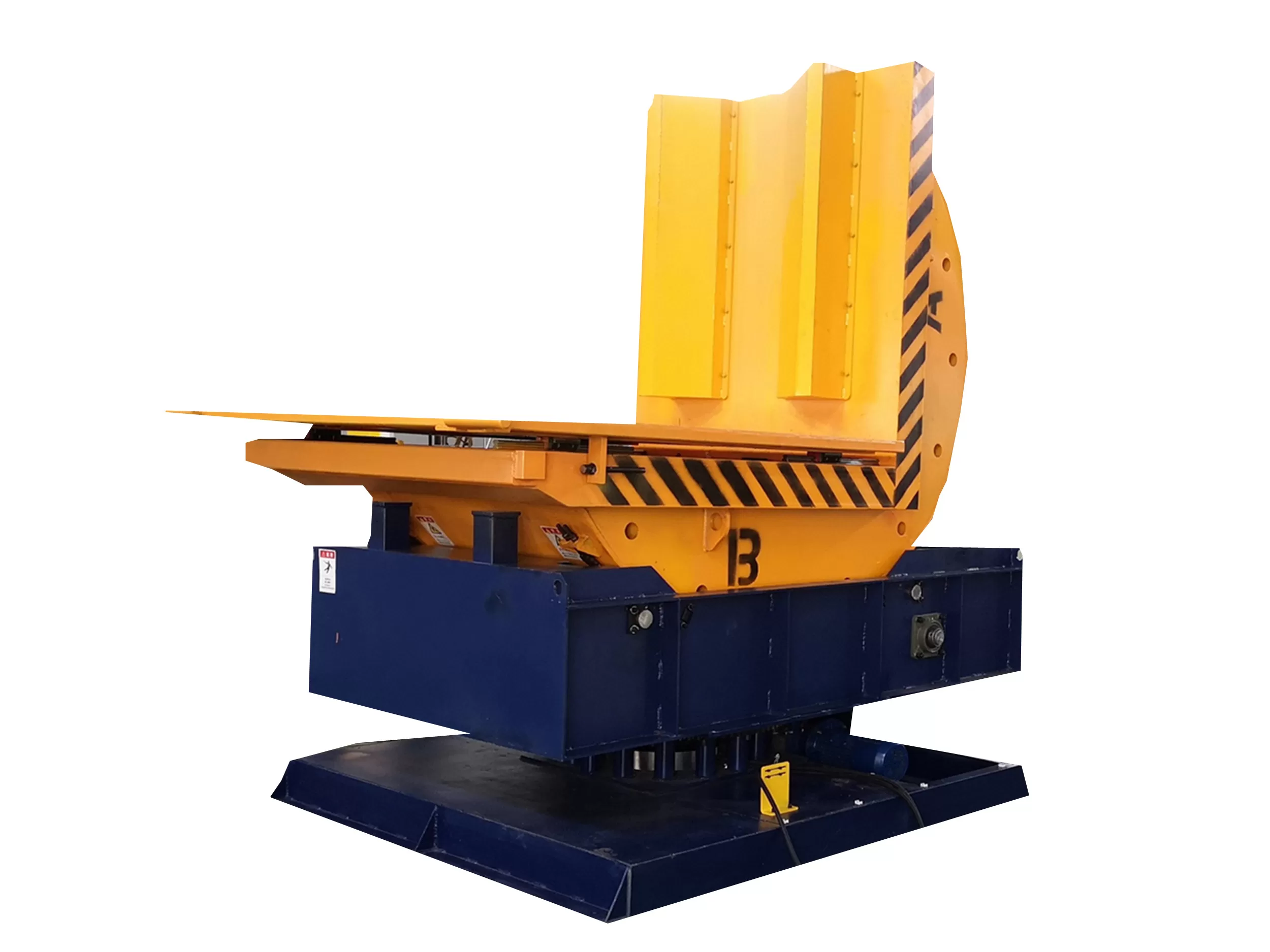
Understanding the Applications of Steel Coil Upenders
To fully appreciate steel coil upenders, we must explore their applications. They are unmatched for specific tasks, making them highly valuable. Their role in logistics and storage facilities is crucial, ensuring coils reach their destination without damage.
| Application | Benefit |
|---|---|
| Manufacturing | Streamlines production by automating coil rotation load |
| Shipping Facilities | Minimizes handling error and damage during transport |
| Warehousing | Efficient space management, optimizing inventory control |
My experience in industrial packaging over the years has shown how transformational these machines can be. A facility lacking proper coil handling often faces inefficiencies. Early in my career, I saw firsthand how an investment in the right equipment led to a 30% increase in productivity, underscoring the value of choosing tools wisely. This cost-benefit advantage is often hard to ignore in today’s competitive markets, where efficiency and precision are paramount.
2. How Do Steel Coil Turners Differ and When Should You Use Them?
Steel coil turners are vital in the handling and transportation of heavy coils. As demand for efficiency and safety in production lines grows, understanding these machines becomes crucial. I’ve seen the evolution firsthand over my 40-year journey in engineering and industry solutions.
Steel coil turners vary significantly based on their design and purpose. Primarily, they are used to rotate or “turn” coils for easier access and improved handling safety. They are essential when coils need re-positioning to align with production processes, reducing manual labor and potential for accidents.
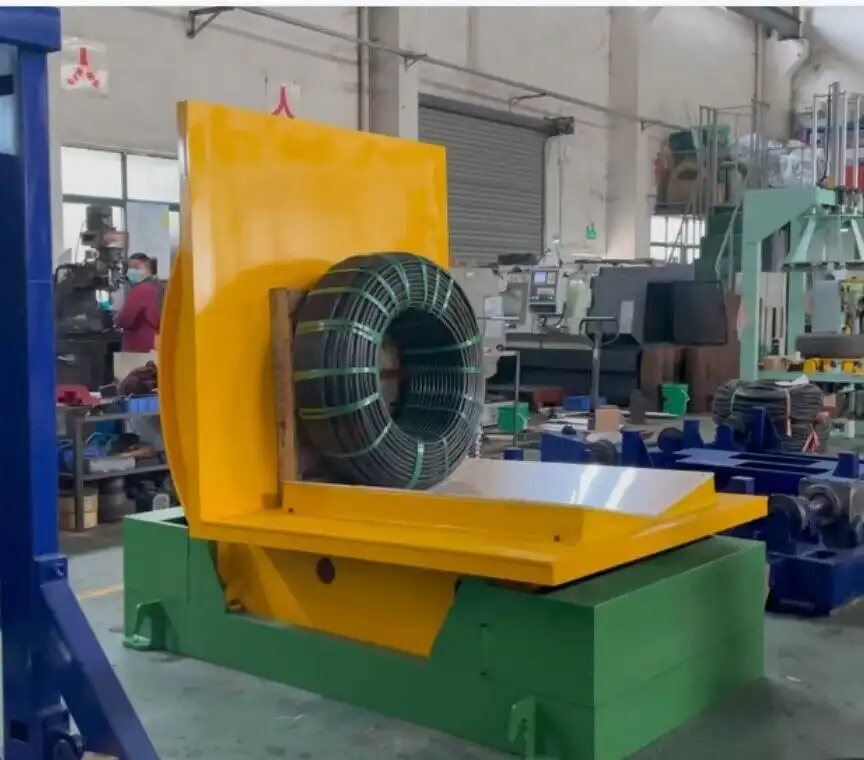
Choosing the Right Coil Turner
Selecting the right coil turner is crucial for enhancing productivity. Here are the types of coil turners and key factors to consider:
| Type | Key Features | Suitable For |
|---|---|---|
| Mechanical Turners | Simple, no power needed | Small to medium-sized operations |
| Hydraulic Turners | Powerful, ideal for heavy coils | Large manufacturing facilities |
| Customized Turners | Tailored for specific needs | Specialized production lines |
From basic mechanical systems to advanced hydraulic solutions, turners have diversified in function. When I was working on a project for a major automobile manufacturer, we opted for a hydraulic coil turner. It offered the force needed to handle the robust coils. Mechanical turners, on the other hand, are suitable for smaller facilities or coils. Custom turners, which I often recommend, are adaptable for specialized requirements, enabling modifications that optimize workflow.
Choosing the right coil turner involves evaluating your production volume, coil weight, and budget. Understanding these parameters helps businesses make informed decisions, mitigating risks of coil handling errors and boosting overall efficiency.
3. How to Decide Between Steel Coil Upenders and Turners?
Choosing between a coil upender and a turner can challenge even experienced professionals. The decision impacts efficiency and safety. Based on my decades of firsthand experience, I know this decision requires careful analysis of your needs and constraints.
The choice between steel coil upenders and turners depends on the specific handling needs and positioning requirements. Upenders are preferred for vertical-to-horizontal transitions, whereas turners are ideal for rotating coils without changing orientation. Consider coil size, weight, and operational goals to determine the most suitable solution for your workflow.
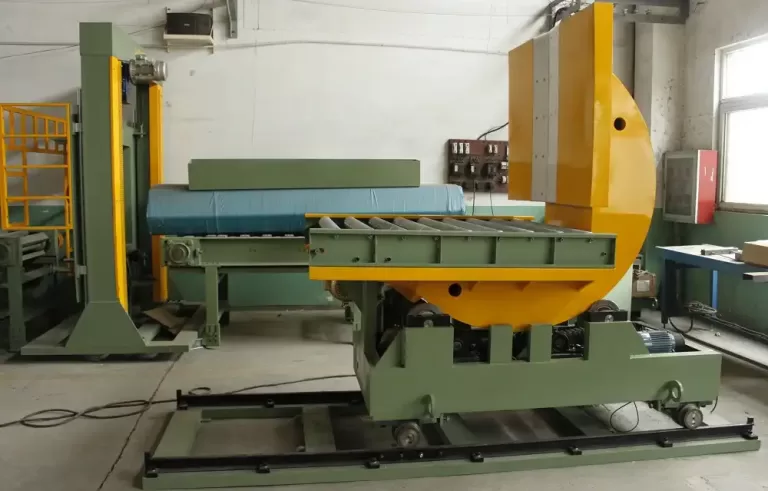
Key Considerations in Decision-Making
Deciding between these two machines involves assessing several variables. Below is a comparative table highlighting the primary differences:
| Feature | Coil Upender | Coil Turner |
|---|---|---|
| Movement Orientation | Vertical to horizontal | Rotational, same plane |
| Best for Weight Range | Medium to very heavy | Light to heavy |
| Primary Function | Changing storage position | Facilitating coil inspection or rework |
The primary function of upenders is to reposition coils from vertical to horizontal orientation. This essential task ensures safe handling and optimal storage configurations. Turners, in contrast, are used mainly to rotate coils on the same plane, an operation critical for inspection or quality adjustments.
In my years managing various projects, a steel workshop once benefitted greatly from a coil upender when optimizing space was a priority. Conversely, a coil turner proved indispensable in a facility focusing on quality control that required frequent coil rotation. Evaluating these pragmatic applications will help in making informed choices.
Conclusion
Understanding the unique benefits and limitations of steel coil upenders and turners ensures a well-informed decision, enhancing efficiency and safety. By aligning the equipment with your production demands, you pave the way for streamlined, effective operations, minimizing risks and maximizing productivity.
Understanding the unique benefits and limitations of steel coil upenders and turners ensures a well-informed decision, enhancing efficiency and safety.

